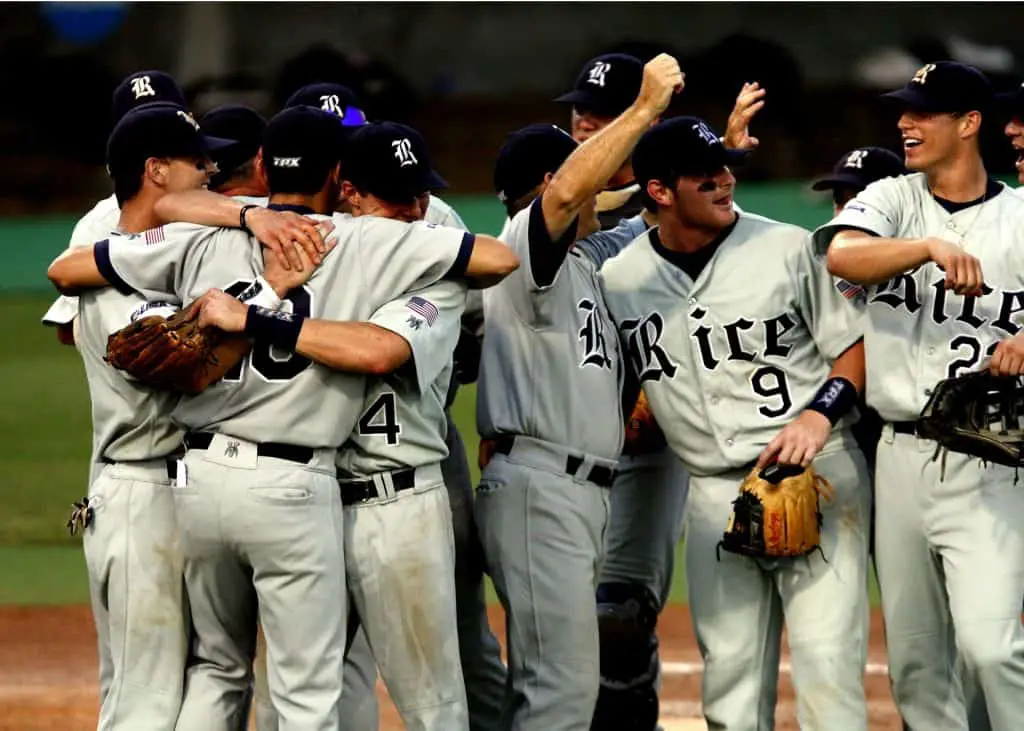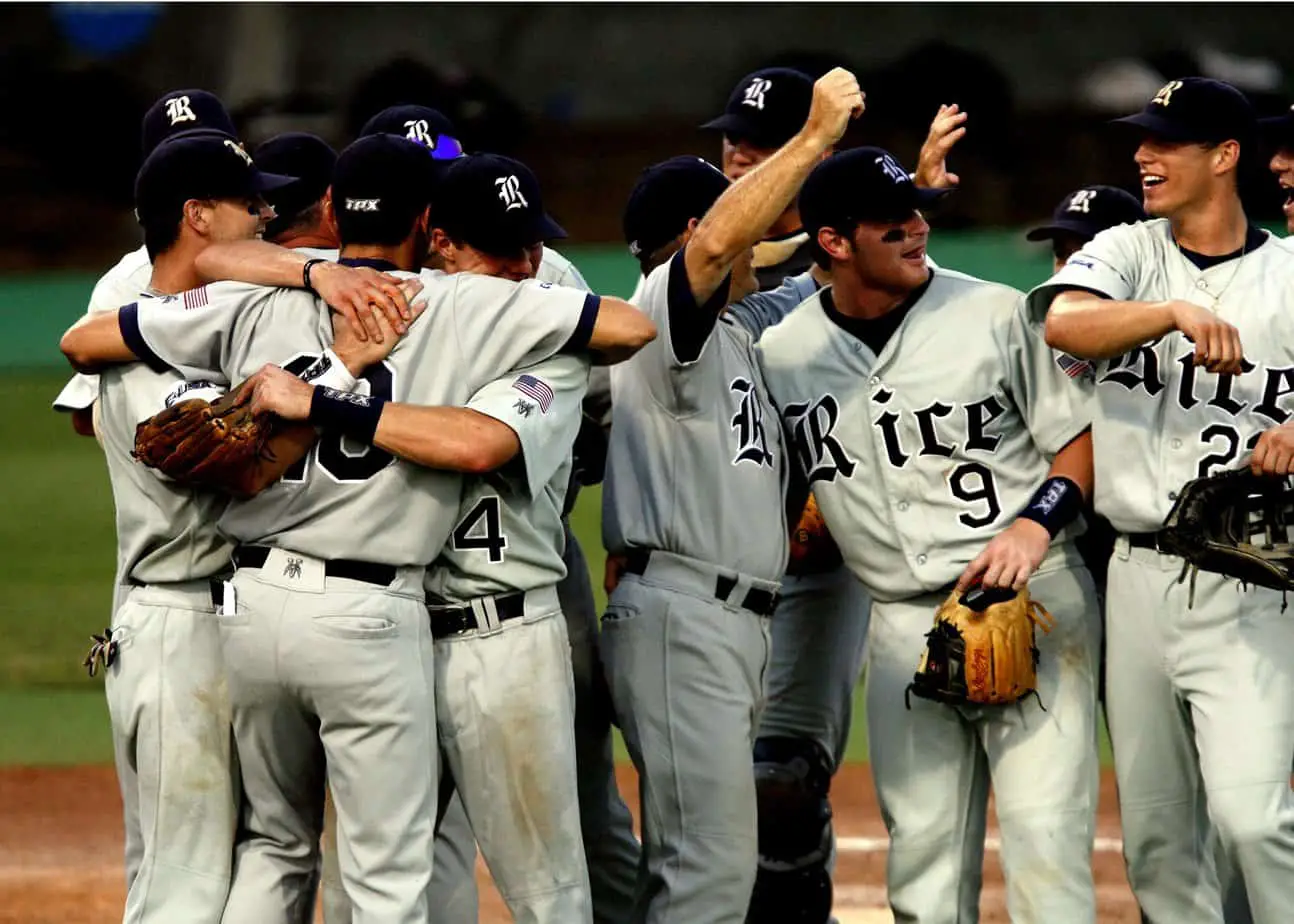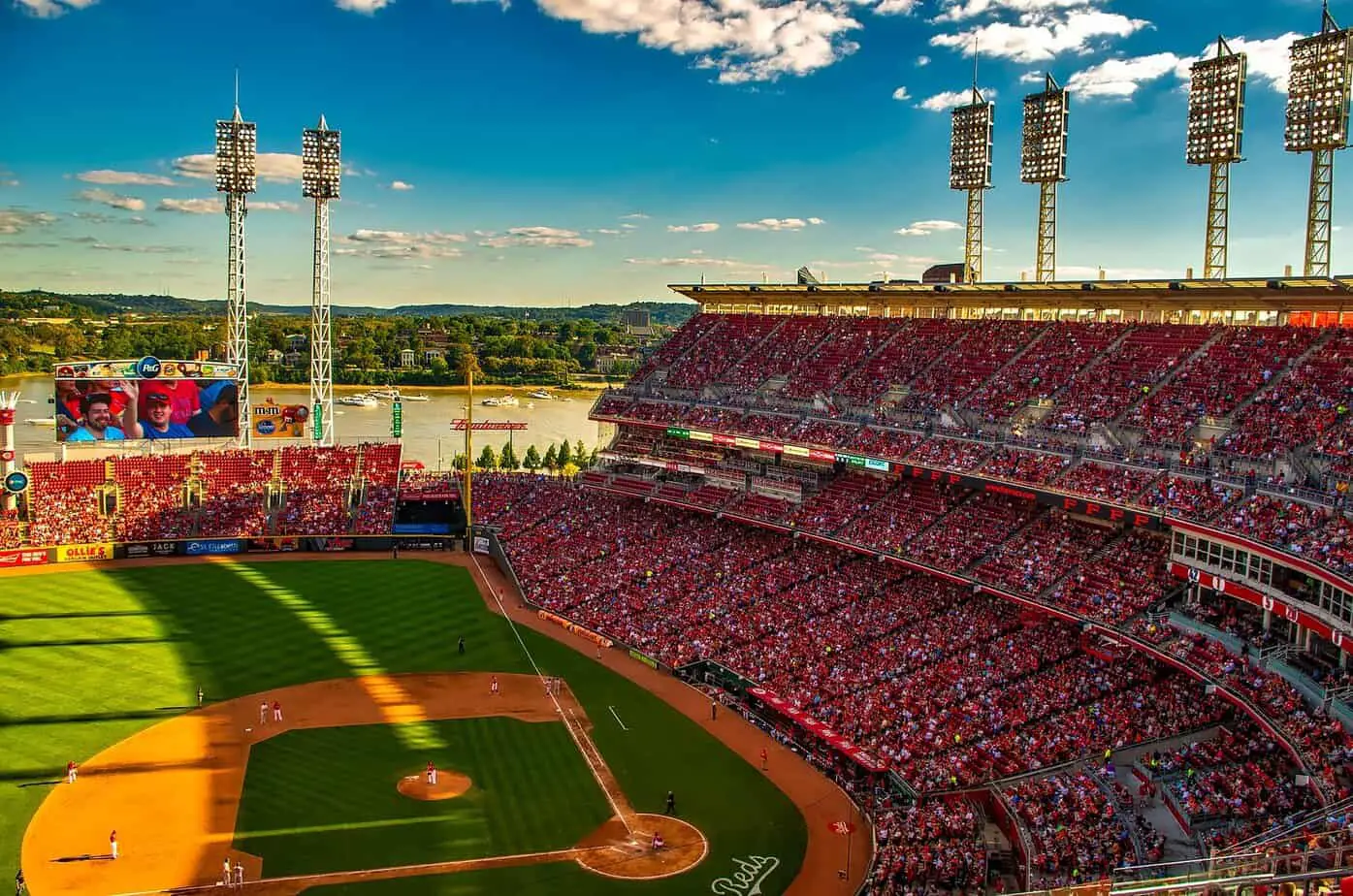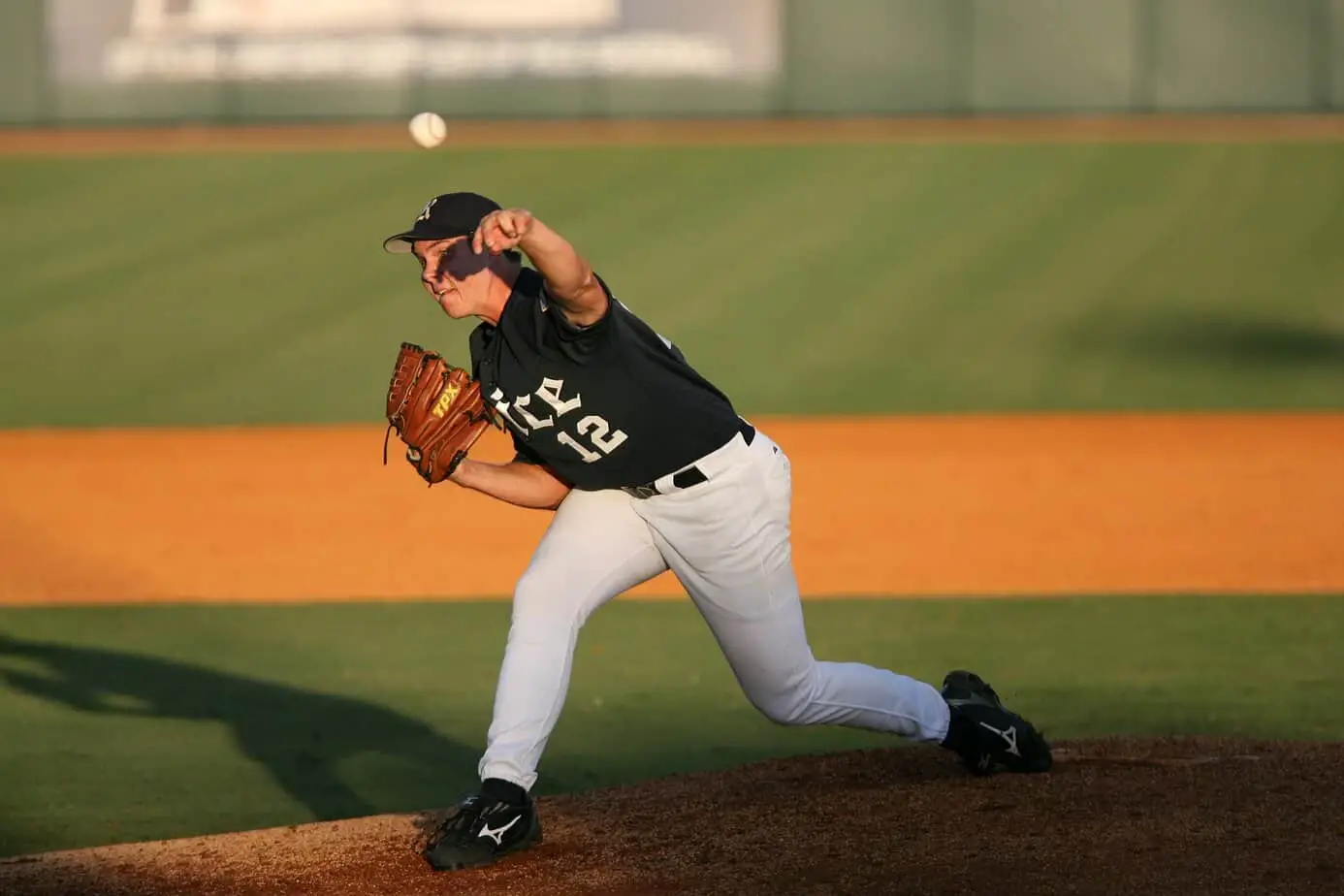It often surprises fans of baseball that a lot of their favorite players don’t live in the city they call home (at least when they are on the field, anyway).
In fact, a lot of ballplayers choose to live just outside the city limits – in the suburbs that surround the city their home park resides in – as a way to sort of get away from the rush and crush of city life. Living amongst millions of rabid fans can sometimes get rough whether you’re having a good year or a bad year.
On top of that, it’s not at all uncommon for baseball players to have houses clear across the country that they live in during the off-season. Most players had for warmer climates during the winter months so that they can train, something that cities up north would make next to impossible.
Below we get a little deeper into where ballplayers live during the season, during spring training, into the off-season, and how their living arrangements change if they get traded.
Where Do Baseball Players Live During the Season?

While there’s no real cut-and-dry answer for where baseball players live during the season – every city, every team, and every player is different – it’s true that a lot of baseball players (like a lot of other professional athletes) like to live close by “work” but not right on top of it.
Players in Boston and New York (as well as those in Chicago and LA) might choose to live in the city proper. David Ortiz, Derek Jeter, Sammy Sosa, and Mookie Betts all had apartments and condos in their cities that were only just a few minutes away from the park.
Other players, however, choose instead to live in a suburb surrounding their home city.
This gives them a chance to get out of city life, slow things down a little bit, and even gain some distance from the park as well as their fans. Tons of players with young families choose to go this route for obvious reasons.
Younger players, especially rookies, usually work with the team to try and find a spot to live – especially if they get called up halfway through the season. It’s not uncommon for a couple of rookies to bunk together, either.
After players start to establish themselves a little bit they usually start to float out on their own, almost always living within 10 to 20 miles of their home stadium during the season.
Older players as well as players with families generally search for spots in the suburbs ASAP.
And then you have players that have a history of being traded or are expecting to check out their options in free agency in the near future. These kinds of players (by and large) rent their homes or apartments rather than buy them in case their living situation changes in the short term.
What About Spring Training?
During spring training most players have homes that are very close to their home park facilities, with some teams even having accommodations built for their players on-site or in the immediate vicinity.
As spring training isn’t quite as crazy for players or fans as the regular season or the playoffs. A lot of spring training facilities are located in Florida or Arizona in smaller towns, too – and that helps to give players a little more privacy than they might have had otherwise.
On top of all of that, players in spring training are there to work and get ready for the upcoming season more than anything else.
Most of these players want to be able to get to the ballpark bright and early and not have to drive 30 minutes (or more) in the morning or at the end of spring training sessions. That helps to keep their homes relatively close to the spring training facilities, too.
Where Do Baseball Players Live in the Offseason?
In the off-season players can and do live pretty much anywhere and everywhere they like.
A lot of players have homes in their hometown, near their college, or close to their families for obvious reasons.
Some players, though, pick up homes in off-season training hotspot locations like Arizona, Florida, and California. This gives these players access to fantastic facilities to get a little better and sharpen their skills during their off-season without having to travel a ton at the same time.
What Happens When a Player Gets Traded?
The overwhelming majority of teams in the MLB have “temporary” accommodations that they can provide to any players that they trade for while they hunt for a spot of their own.
Getting traded to a brand-new team and having to call a new city home without a lot of advanced notice can be a real shock to a player and their family. When this happens in the middle of the season it can be particularly disruptive. Players are locked in and trying to win games every day and don’t have a lot of time to focus on their living situation.
These temporary accommodations allow players to sort of slow-roll the hunt for a spot to rent or buy, giving them a comfortable and often very well-appointed spot to enjoy in the meantime.
It’s a huge boost for today’s players, that’s for sure.
Closing Thoughts
Most baseball players in the MLB are going to want to have a house or apartment close to their home ballpark but not right on top of it.
Many players that are young and single that want to soak up all the city has to offer will stay closer to the heart of a metropolis. Older players, players with families, and players that don’t want to deal with city distractions are going to hunt for spots out in the suburbs more often than not, though.
At the end of the day, the kinds of contracts that today’s professional ballplayer’s sign gives them the ability to live pretty much anywhere and anywhere they want without a lot of hassle or headache.
It really all comes down to the player finding a spot that they are comfortable with, a place to call home where they can rest and recharge in.



